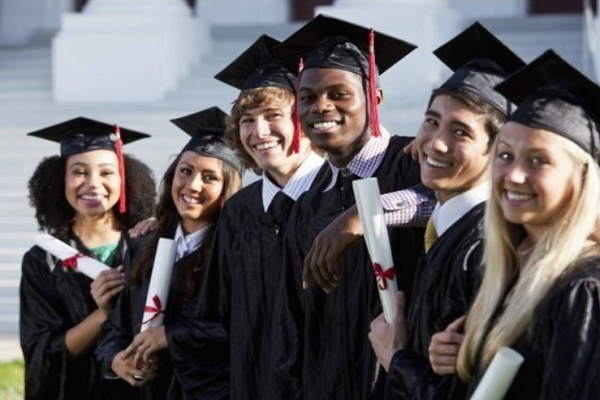Athletics and sports are important parts of student life. High school sports are a great precursor to playing sports in college. Regular physical activity contributes to healthier, longer lives and offers a wide array of non-physical benefits as well.
The risk of injury is inherent in sports but the benefits typically outweigh the risks. It is important for youth athletes, parents and community members to understand the risks of sport and take steps to reduce the risk. Athletic trainers play a critical role in providing a safer approach to sports. Parents, coaches and administrators can work together with athletic trainers to make sports as safe as possible and allow youth to reap the many benefits that come with sports.
Three of the most important participation takeaways that students continue to practice after graduation are: 1) a stronger sense of self-confidence in building relationships with others and having an expanded capacity for empathy; 2) developing a better understanding of self and in so doing understanding how their actions affect others; and 3) building foundations for lifelong fitness habits.
These takeaways do not happen without purposeful oversight. All school leaders have a role in maintaining safe environments that allow students to experience meaningful, positive participation. To impact students so they can apply what they learn in athletics to posthigh school life, adult coaches and mentors need to value character education more than wins and losses. When coaches understand they can start students on a path to reach their unfulfilled potential, they can help students set the foundations for a lifetime of success.
